- Home
- Camino Finisterre
Jump to Camino Finisterre and Muxía Stages
The Camino to Finisterre and Muxía ~ Pilgrimage to the End of the World
The Camino Finisterre, a lovely extension to your Camino de Santiago, takes only an additional three to four days to complete the pilgrimage to the medieval "end of the world." This ancient medieval pilgrimage route, a total of 90 kilometers, was often taken after completing the Way of St. James and a visit to the Cathedral of Santiago de Compostela.
Because Finisterre was considered to be the end of the known world in the Middle Ages, it held special spiritual and physical significance. And this significance seems to survive to this day...
"Sometimes we are called to dance on the wild edges of our lives and discover something new, or we have a sense that our lives have grown too small so we need to confront our fears of what is unknown, we need to welcome in strangeness to crack open unfamiliar parts of ourselves and of God." ~ Christine Valters Paintner, on Pilgrimage
After having completed our Camino Inglés, it seemed only natural to extend our pilgrimage onward via the traditional medieval pilgrimage route from Santiago de Compostela to Cabo Finisterre (Cape Finisterre).
As in the time of the medieval pilgrims, my desire for this part of the journey was part curiosity, part adventure and yes, part spiritual. I felt that I would pay homage by walking in the footsteps of those of another time, another place and another more mysterious faith.
By taking this extension of the Camino Finisterre, perhaps I would dance on my own wild edges and discover something new!
Camino Finisterre and Muxía eBook Guide
Our Downloadable Camino Finisterre eBook Guide in PDF Format contains all the valuable information from our web pages, for comfortable reading offline and without ads on your personal device. Don't carry a hard copy guide book to increase your pack weight. Use our digital guides on your next Camino instead!
Our ebook guide is packed with frequently updated information, because a digital format is more nimble than hard-copy publishing. Our eBook Guide is unique because we also entertain and immerse you with our story!
We cover the entire circular route to both Finisterre and Muxía so you can choose to go to either or both! Click here for your copy or BUY NOW!
The dialect of this Northwestern Spanish region or Galicia is called Gallego, which confuses us because Finisterre, or "Land's End" becomes Fisterra in the local dialect. So similar, yet so different! Whichever proper name you use, Finisterre in Spanish, or Fisterra in Gallego, you will be understood.
To add even more mystery and drama to Cabo Finisterre, when you arrive at the End of the World, you arrive on a coastline that is rocky and treacherous, and is known in Gallego as the Costa da Morte, or the Coast of Death. The northwestern coast of Spain, from Finisterre to Muxía is totally exposed to the violent Atlantic ocean. When you see the Costa da Morte coastline, as shown in the photo below, you can understand why so many sailors have perished in the storms that prevail here.
Cabo Finisterre itself, is a wild and unusual place, at medieval Europe's "End of the World" and often at the end of one's Camino. This place is most sacred and unlike any other place that I have visited. It is traditional to come here and reflect on one's journey and to watch the sunset over the dramatic Atlantic coastline.
The bronze boot sculpture, shown below, once an iconic landmark at the far end beyond the lighthouse, is now gone. This was very sad for me to see, so I continue to show my photo of it here.
The goal of the Camino Finisterre, is the lighthouse or faro, shown in the photo, below. If you have gotten your Credential stamped on the pilgrimage along the way, you can get another Compostela here, the Finisterrana, in the lighthouse, documenting your Camino Finisterre.
(If you make it to Muxía, you can also receive the Muxíana completion certificate, in the Muxía tourist office. Some accommodations have them too!)
Jump to Camino Finisterre and Muxía Stages
The Camino Finisterre and Muxía Maps
You have two options to finish your Camino to the End of the World, either to Finisterre or Muxía. The overall mileage to Finisterre is 89.94 kilometers and to Muxía it is 87.75, by my GPS tracks. The Camino to Muxía is a little shorter, by two or so kilometers, but it is truly a matter of preference which end of the world you prefer. So, why not try both?
Here is our Google map of the entire route of the Camino Finisterre, uploaded with our personal GPS tracks. As an added bonus, I have added features to each map, to include accommodations, eateries, fountains, churchs and more, that are useful to the pilgrim. Just click on a feature to see more information, and for direct links to accommodations, etc.
The map below is fully interactive, for your use on this webpage, like a maps-only guide to the Camino!
If you wish to open and retain this map on your own device, click on this Camino Finisterre and Muxía Google sharing link. The map that opens on the device you are currently using will have all these same features you will need to plan a successful pilgrimage!
TIPS FOR USING MY GOOGLE MAPS:
On your laptop, on the map above, just click on the box in the upper right hand corner, "View larger map" and it will open automatically in Google maps.
For a mobile device, consider using the free Google Maps App. Then, click on the box in the upper right hand corner, "View larger map" and it will open automatically in the Google Maps App, or in your browser window (click on "Save" if prompted in your browser and if you want to access it again).
If you click out of the map and want to access it again, in order to find it again, on a laptop, just go to maps.google.com, click the second icon on the task bar on the left that says "Saved." On the window that opens, on the far right click on "Maps." You will see a list of maps that you have opened in the past. Just click on the one you want!
To access the map again, on a mobile device, using the Google Maps App, open the App. On the taskbar on the bottom of the page, find the "You" flag or the "Saved" flag, and click on it. Scroll down to the bottom and on the lower right, find the "Maps" icon and click on it. You will see a list of maps. Find the one you want and click on it! On a mobile device, using maps.google.com from your browser, click on the drop-down menu under the tile "Google Maps." Scroll down until you see "My Maps." Click on it and the map should be there!
If you wish to upload my GPS tracks to your GPS device, open the shared link I provided above, and click on the three dots by the title to open a drop down menu. In the menu that appears, click on "Export to KML/KMZ." On the window that appears, click on "Entire Map" for another drop down. On this menu, choose the option that says " Tracks." Next, click on "Export as KML..." if you prefer this format to KMZ. Then click "Download." You now have a file with the tracks only to successfully upload to your GPS device.
It is important to note that my maps are not offline maps, but you will need to have a data plan for full functionality. However, you can use them offline. For instructions on how to do that, please click here.
If you decide you want to be connected and your mobile phone has eSIM capability (almost all newer phones do), I highly recommend the Roamless eSIM for your data needs. It is the only eSIM you will ever need and you can forget traditional roaming. You activate it only once, never having to swap eSIMs ever again, even when traveling to multifple countries. The inexpensive data you purchase never expires, and is a pay-as-you-go model. Find out more by clicking here and be a savvy traveler!
Jump to Camino Finisterre and Muxía Stages
Which End of the World? Finisterre or Muxía?
For as many people as go to either Muxía or Finisterre, there are as many opinions on which place is the best, the most authentic "end of the world" or the most spiritual site!
It was fun when we came to Hospital, and the place in the road, below, where the Camino forks and you have to make a choice!
For me, personally, I had to go to Finisterre, the "classic" end of the world from the Middle Ages. However, it only adds a day to your Camino, if you go to Muxía as well as Finisterre. Plus, the walk to Muxía from Finisterre along the Costa da Morte is absolutely gorgeous.
Trust me, you will not regret seeing the most legend-ridden Muxía, where St. James' body is said to have actually arrived by boat to Galicia in a miraculous fashion, set adrift from Rome where he was beheaded.
Muxía is also the final leg of the Camino de Santiago in the movie, "The Way," and in my experience was a more intimate place than Finisterre, and less touristy. However, it truly is a matter of preference and you will not know your preference if you don't see both. I advise you to take the extra day or two if you are able, to see both.
Many pilgrims are walking to Muxía, some starting from Santiago who then go on to Finisterre, and others from Finisterre where they have walked first. The choice is yours, which direction you wish to travel.
Still considering our Camino Finisterre eBook Guide? Would a money-back guarantee and free updates for a full year help with your decision? Click the links in this box, OR BUY NOW. You will not regret reading this comprehensive guide!
Please see my article on Muxía (click the link) and on Finisterre and the Cape to help you make your own decision. I chose to go to both and I do not regret it.
Even better yet, if you have time, why not consider the entire loop, to and from Santiago? I was surprised in my walks to the coast, how many pilgrims were walking backwards towards Santiago. Why not? The medieval pilgrims had no choice in the matter, did they?
Below is the stunning coastline at the point in Muxía and its lighthouse, just beyond the famous Nosa Señora da Barca shrine.
I do hope you choose to continue your Camino de Santiago onward to the End of the World as the medieval pilgrims chose to do so many years ago. May you dance around your wild edges to find a bit more of yourself and give tribute to your personal pilgrimage.
To continue on with me and my personal pilgrimage, go to Day One on the Camino Finisterre to see how mine went!
May you metaphorically burn that which no longer serves you on the rocks at Cabo Finisterre. May you metaphorically build your cross of gratitude and discard your old boots as you watch the sun set on your Camino Finisterre and its amazing lessons learned.
Camino Finisterre and Muxía Stages:
Booking.com
Please Consider Showing Your Support
Many readers contact me, Elle, to thank me for all the time and care that I have spent creating this informative website. If you have been truly blessed by my efforts, have not purchased an eBook, yet wish to contribute, I am very grateful. Thank-you!
Search This Website:
Follow Me on Pinterest:
Follow Me on Instagram:
Find the Pilgrimage Traveler on Facebook:
Like / Share this page on Facebook:
***All Banners, Amazon, Roamless and Booking.com links on this website are affiliate links. As an Amazon associate and a Booking.com associate, the Pilgrimage Traveler website will earn from qualifying purchases when you click on these links, at no cost to you. We sincerely thank-you as this is a pilgrim-supported website***
PS: Our guide books are of our own creation and we appreciate your purchase of those too!!
Shroud Yourself in Mystery, along the Via de Francesco!
Walk in the Footsteps of St. Francis, and Connect Deeply to the Saint and to Nature in the Marvelous Italian Countryside!
Recent Articles
-
Day One on the Camino Portugués, Lisbon to Alverca do Ribatejo
Apr 15, 25 08:19 PM
Our Day One on the Camino Portugués was much more beautiful and enjoyable than we had heard. -
Hiking the West Highland Way
Apr 11, 25 08:51 PM
Hiking the West Highland Way is a representation of all things Scottish, traversing 96 miles from the lowlands of Milngavie to Ft William, in the highlands. -
Way of St Francis eBook Guide (Via di San Francesco)
Apr 11, 25 08:49 PM
Our Way of St Francis eBook Guide, a digital guidebook is full of current information to assist you in finding your Way. In downloadable, digital, PDF format.
Need suggestions on what to pack for your next pilgrimage? Click Here or on the photo below!
Carbon fiber construction (not aluminum) in a trekking pole makes them ultra lightweight. We like the Z-Pole style from Black Diamond so we can hide our poles in our pack from potential thieves before getting to our albergue! There are many to choose from! (See more of our gear recommendations! )
Gregory BackPack - My Favorite Brand
Do not forget your quick-dry microfiber towel!
Booking.com
My absolute favorite book on how to be a pilgrim:
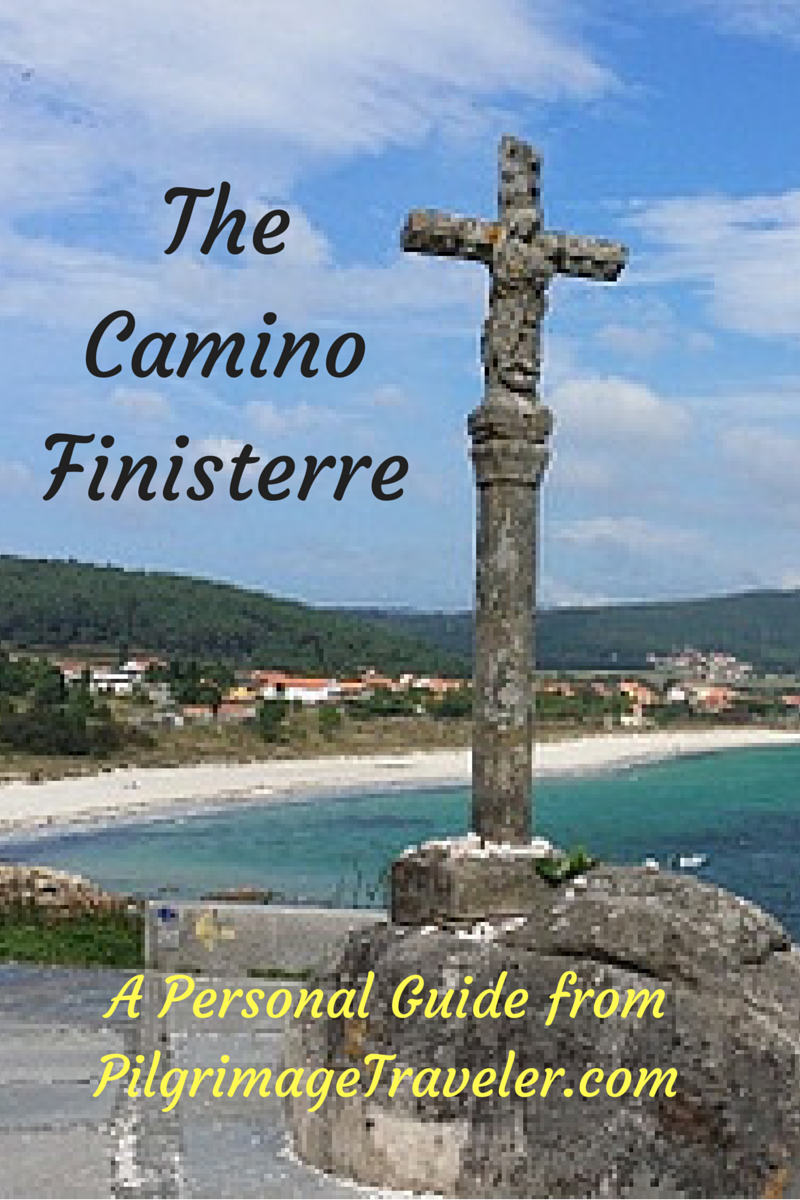
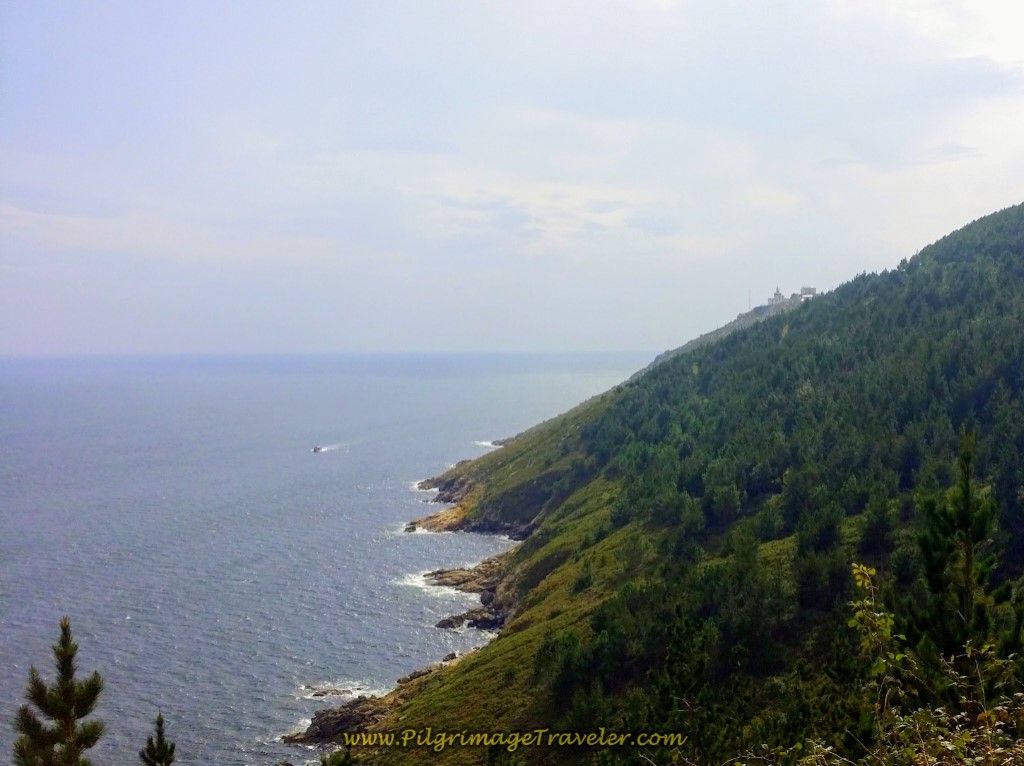
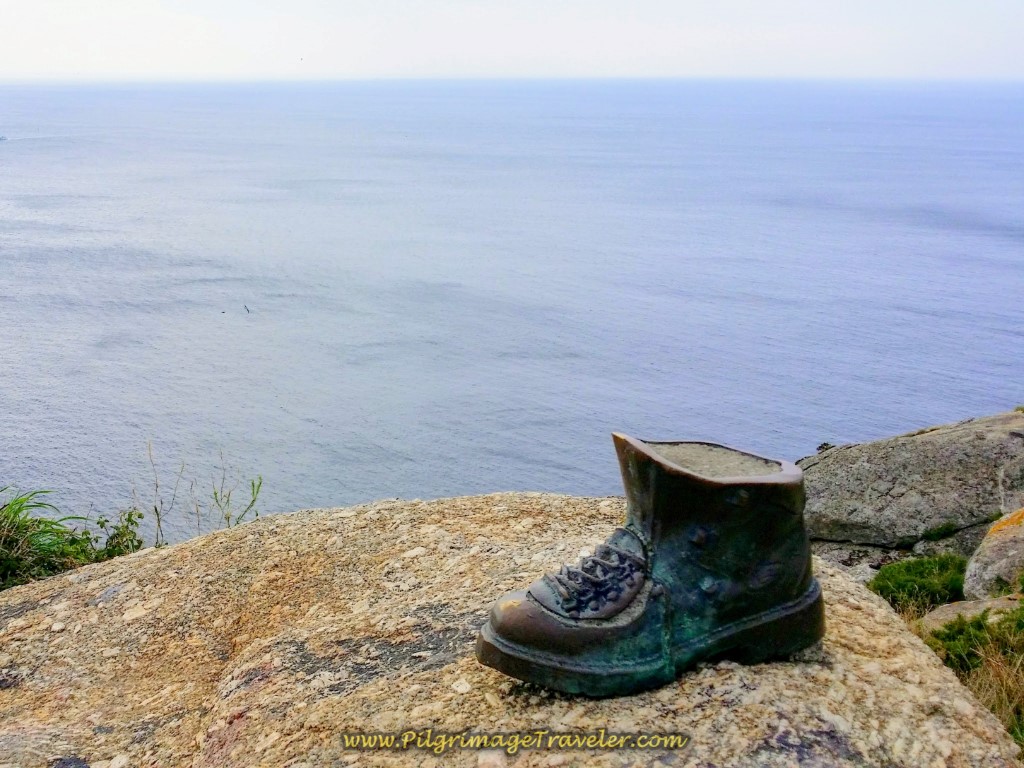
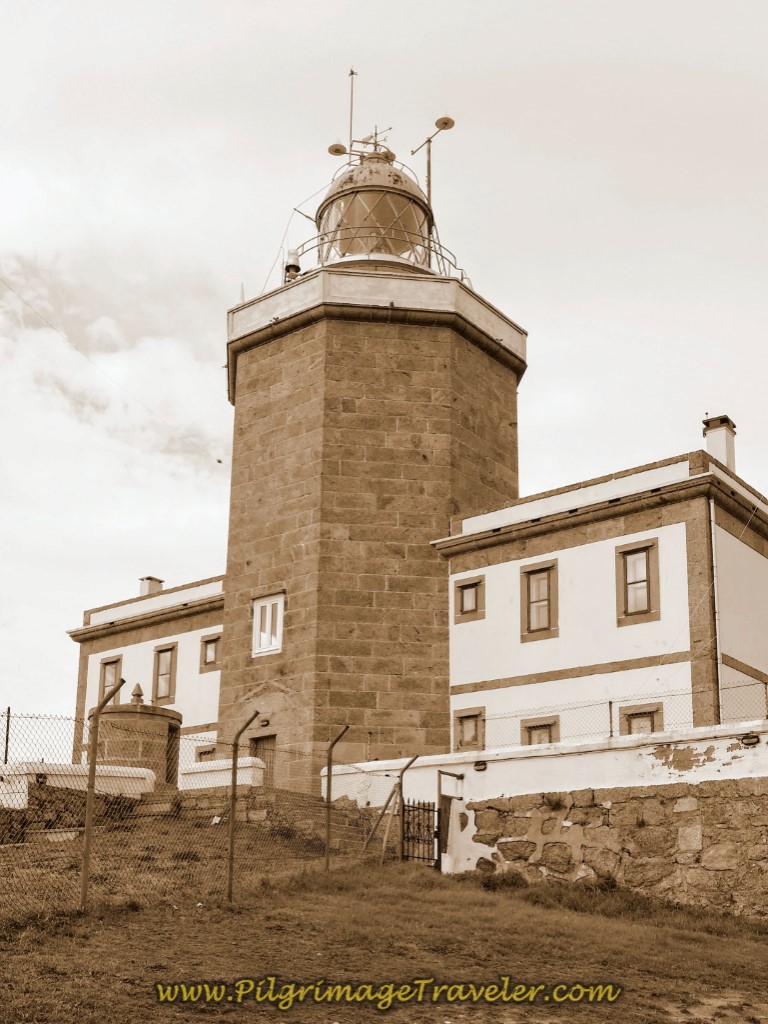
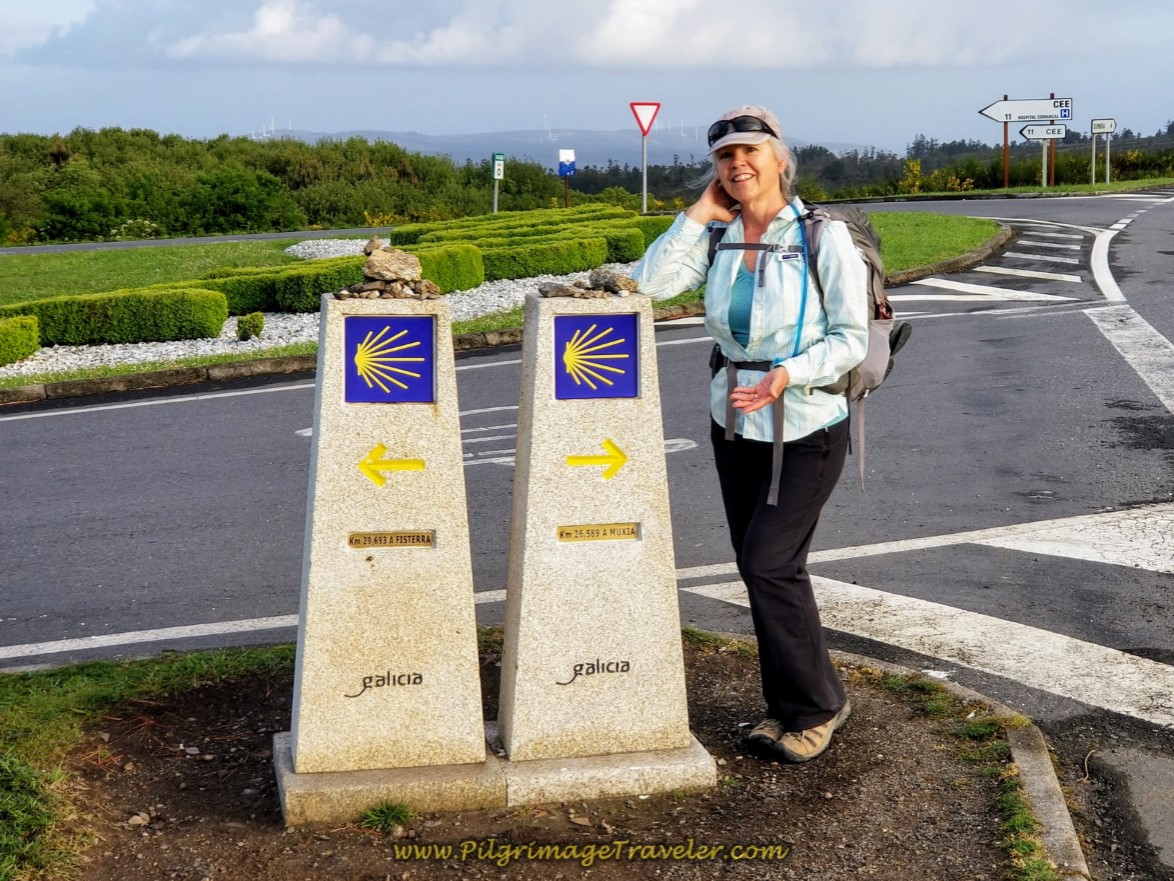
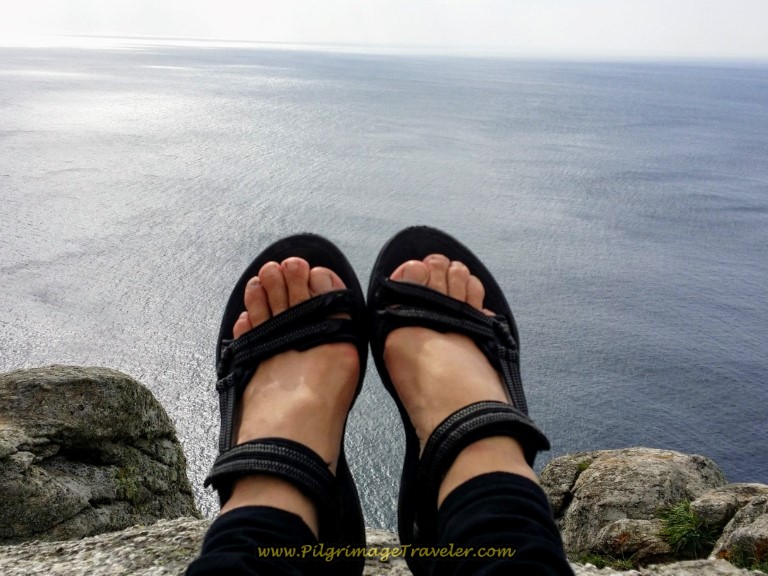
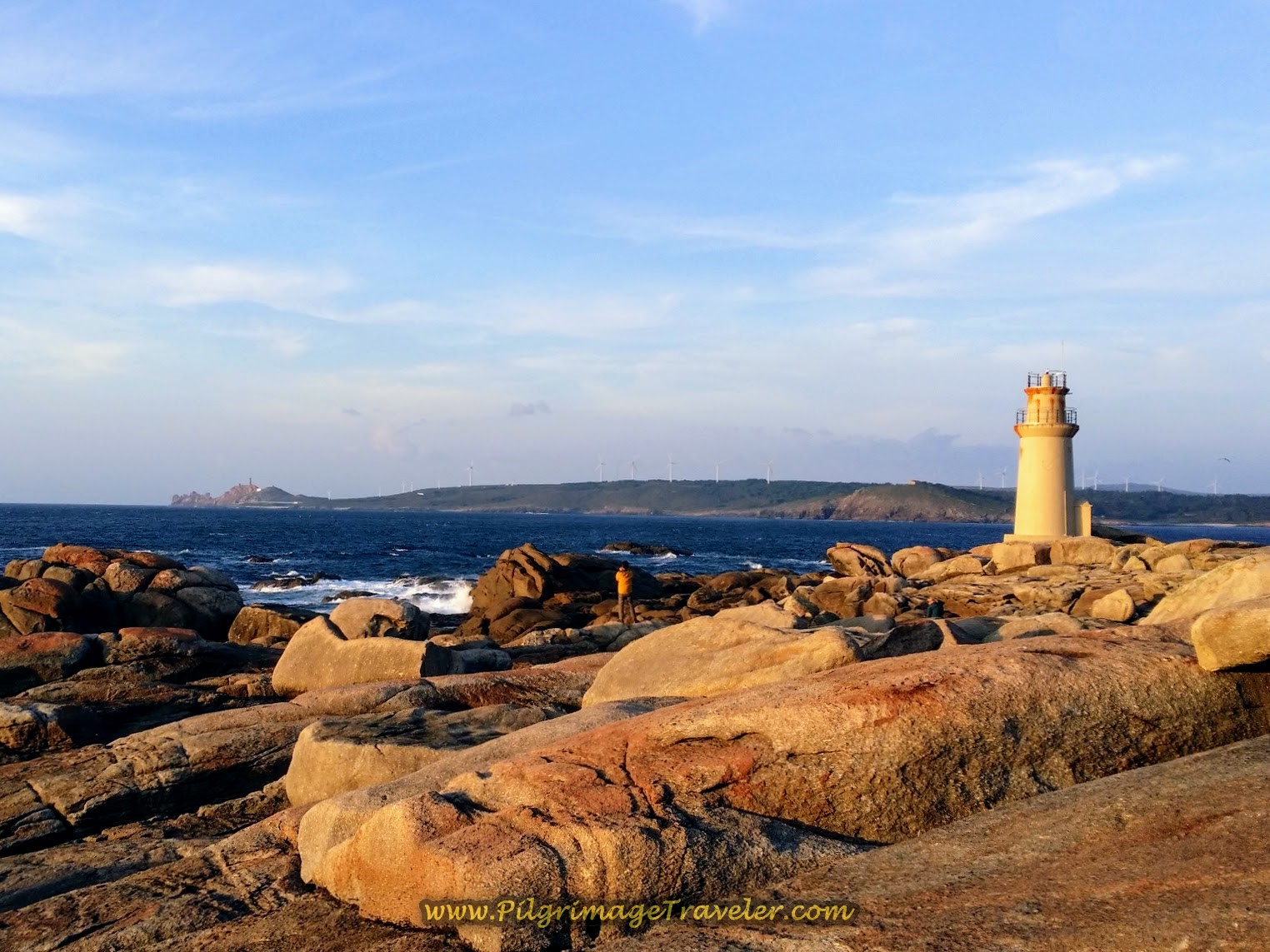
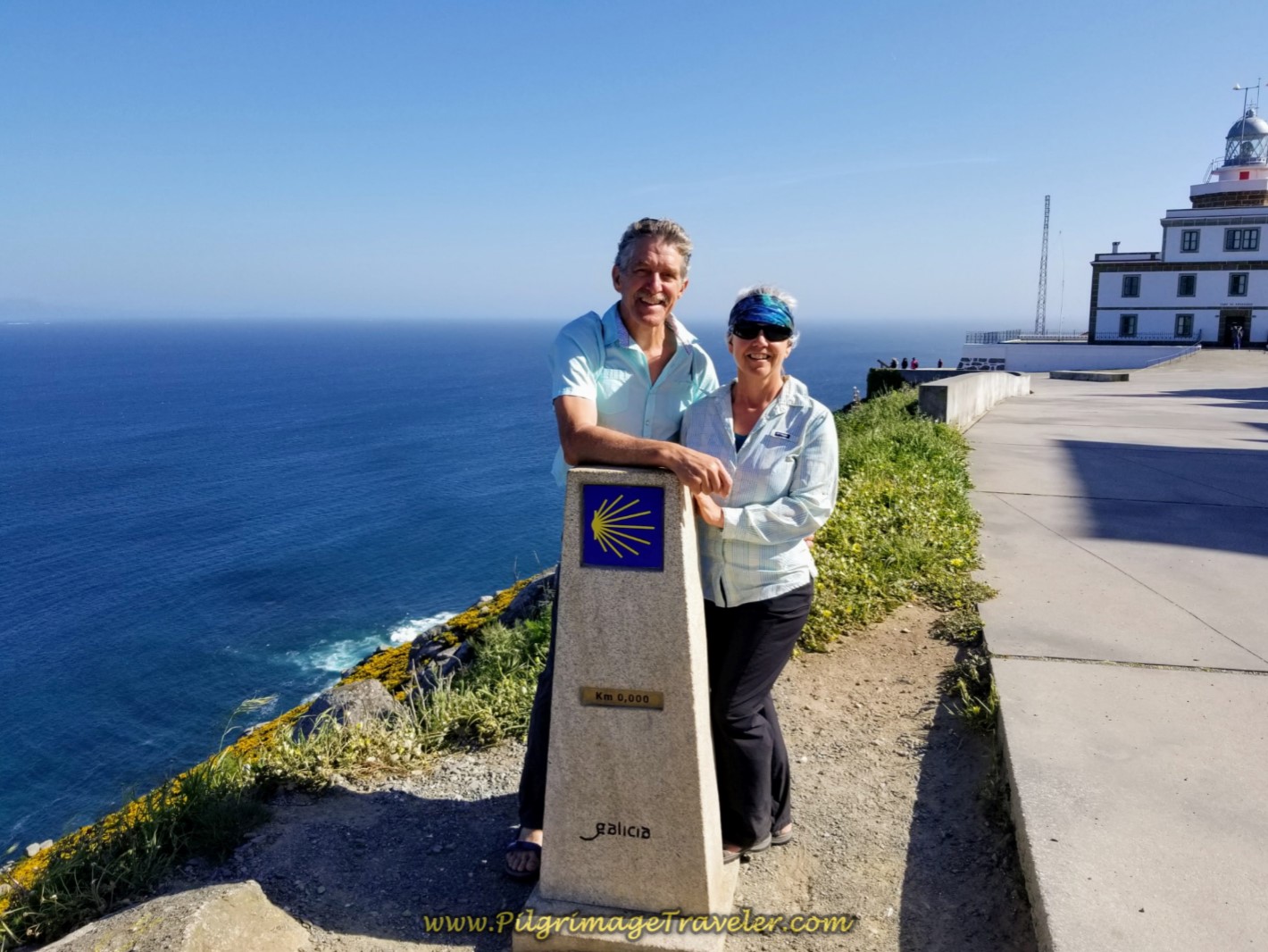
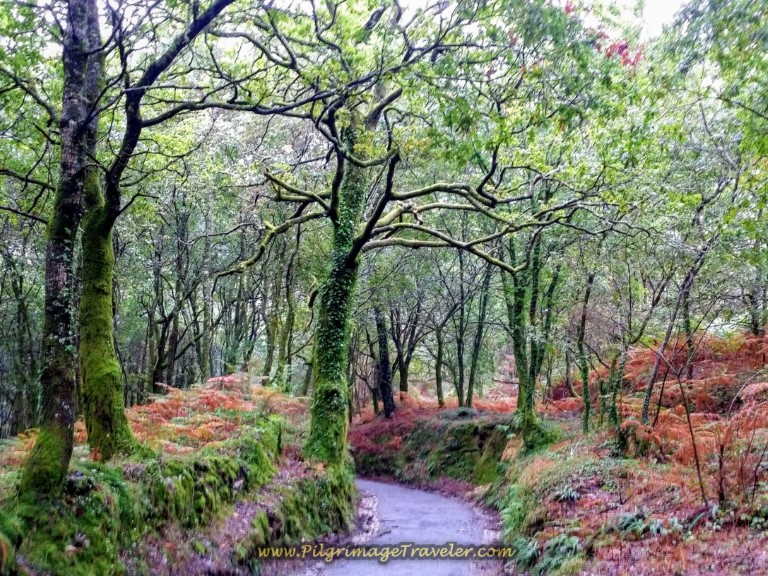
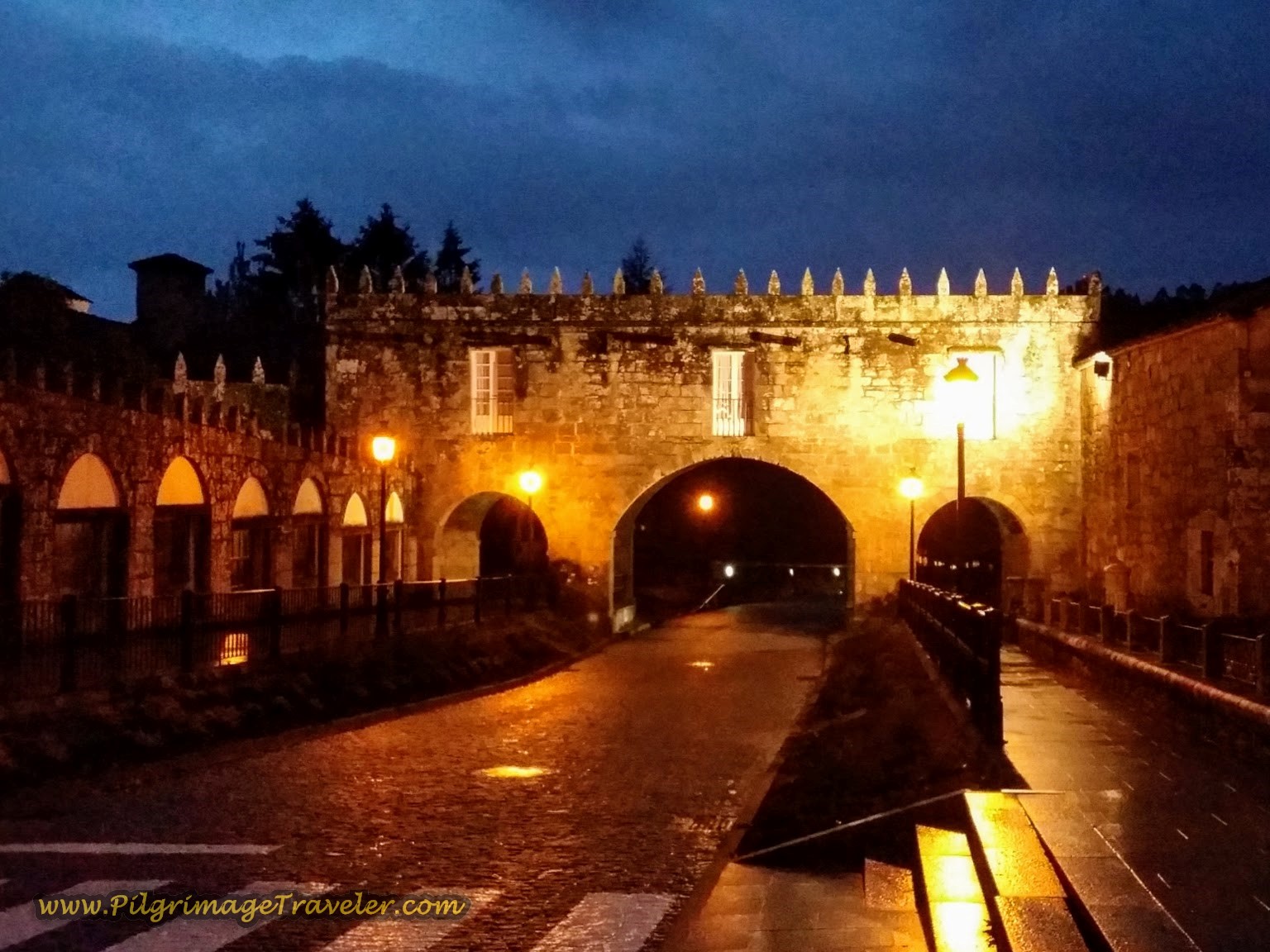
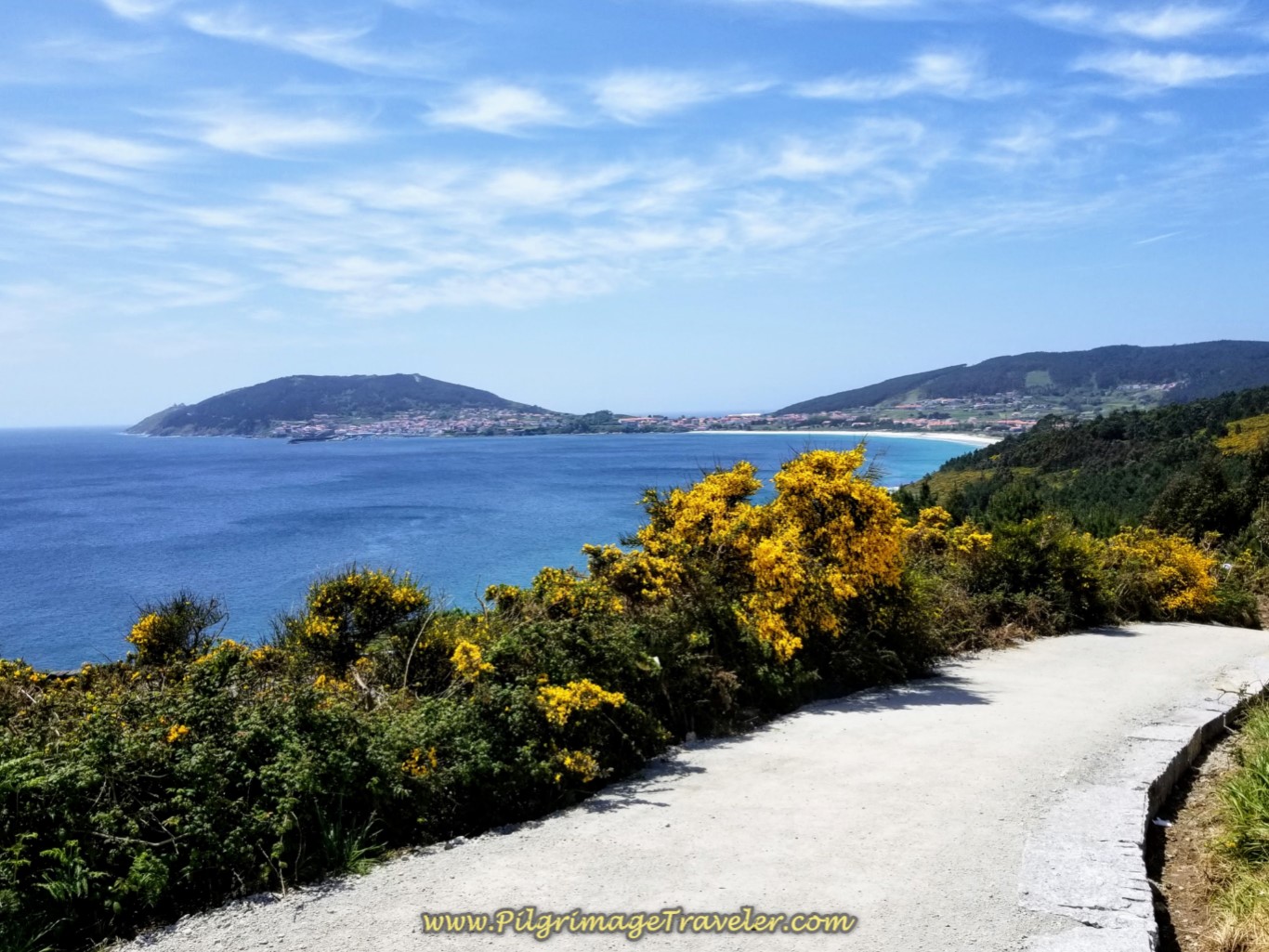
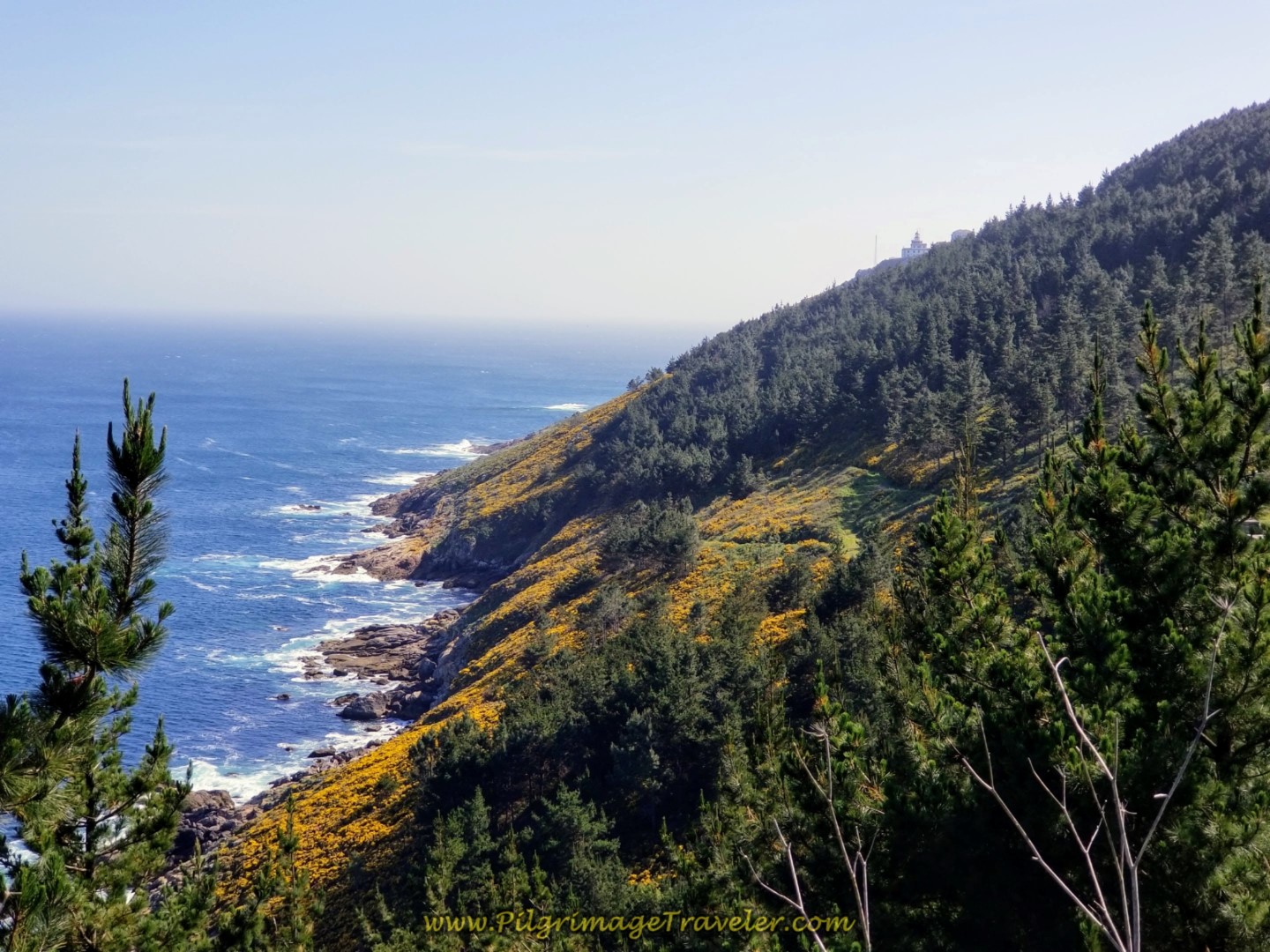
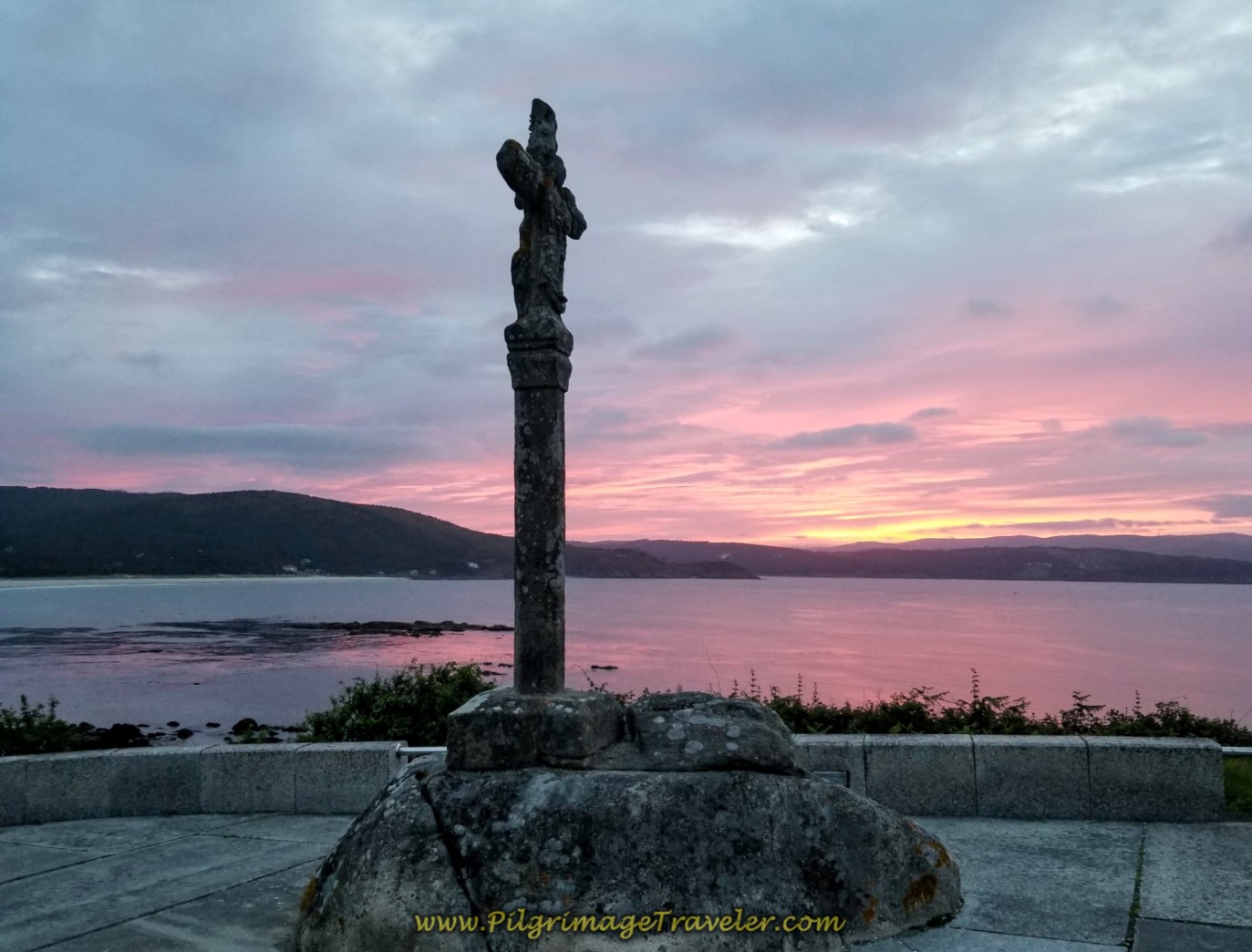
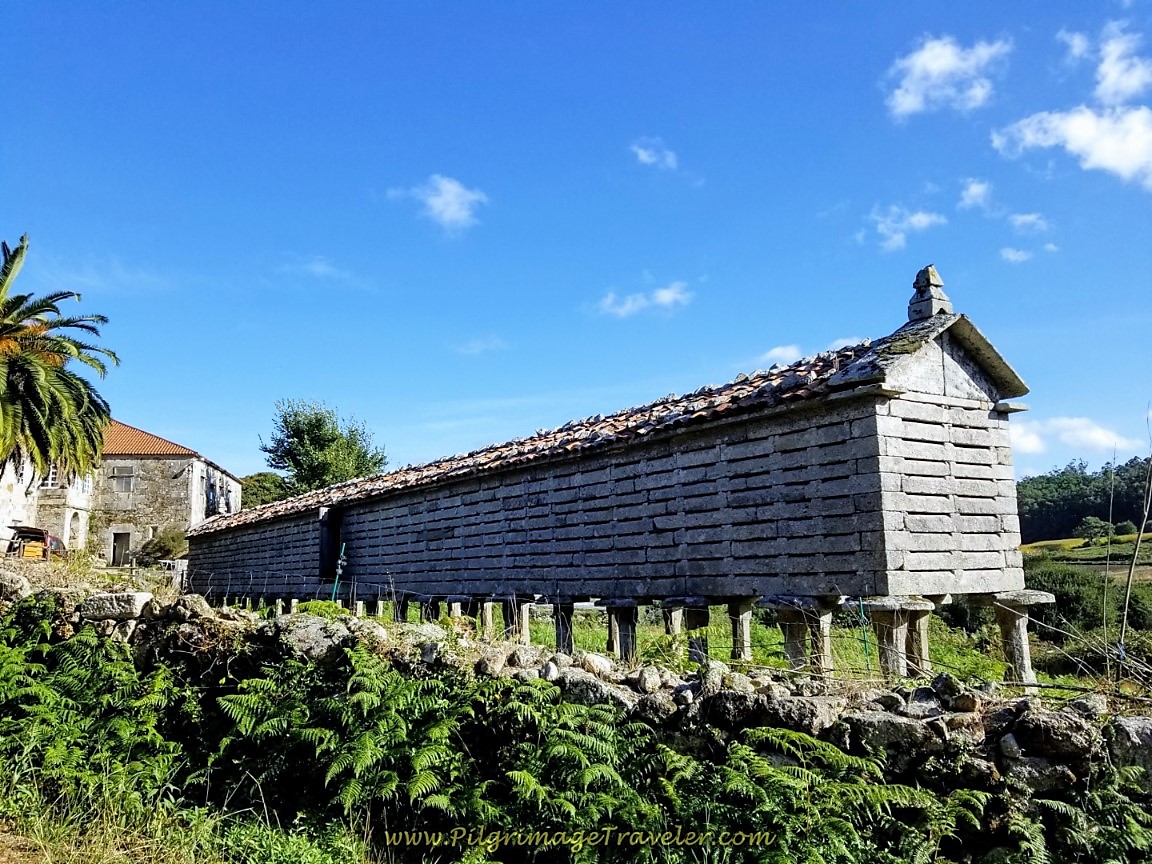
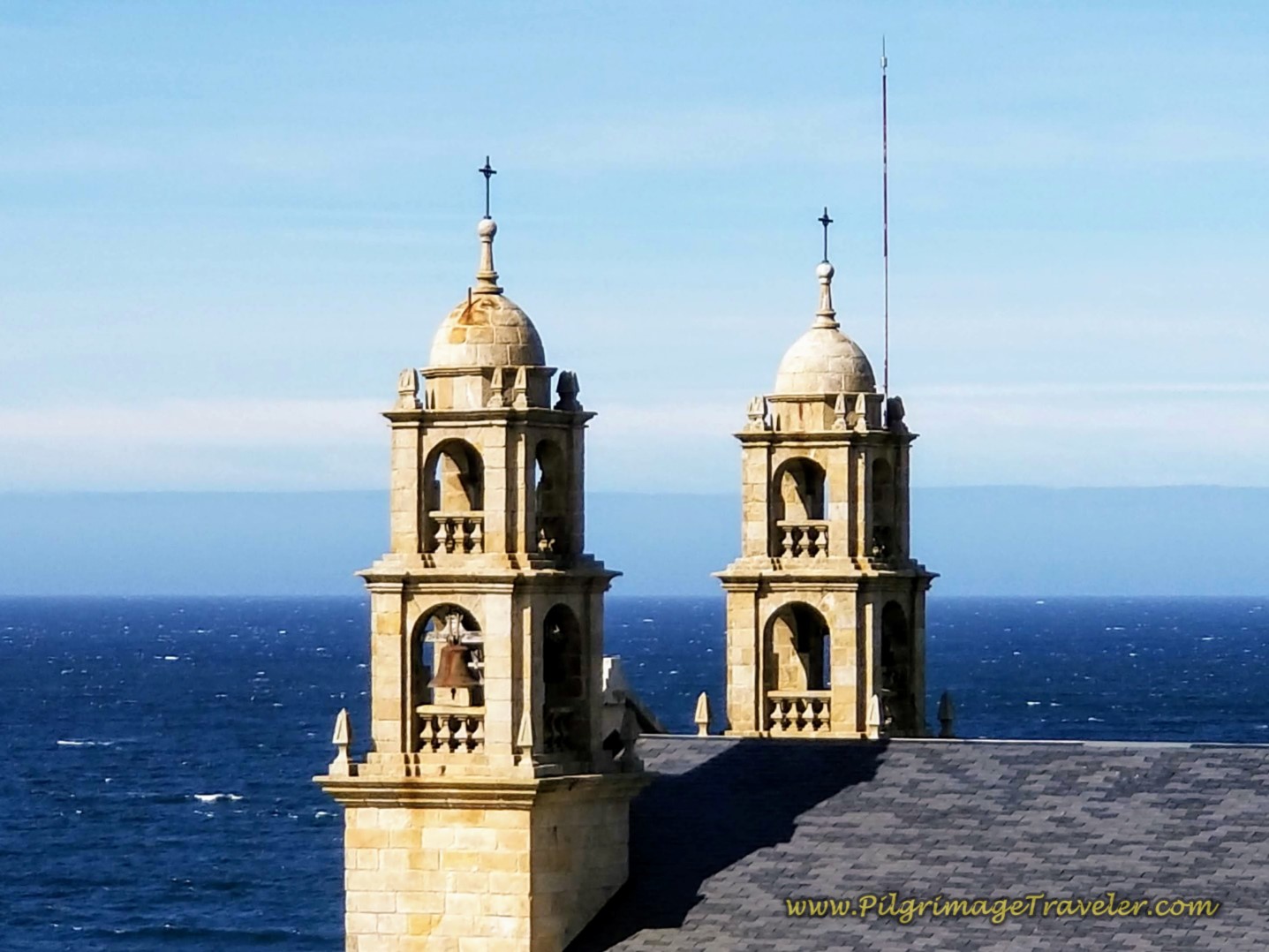
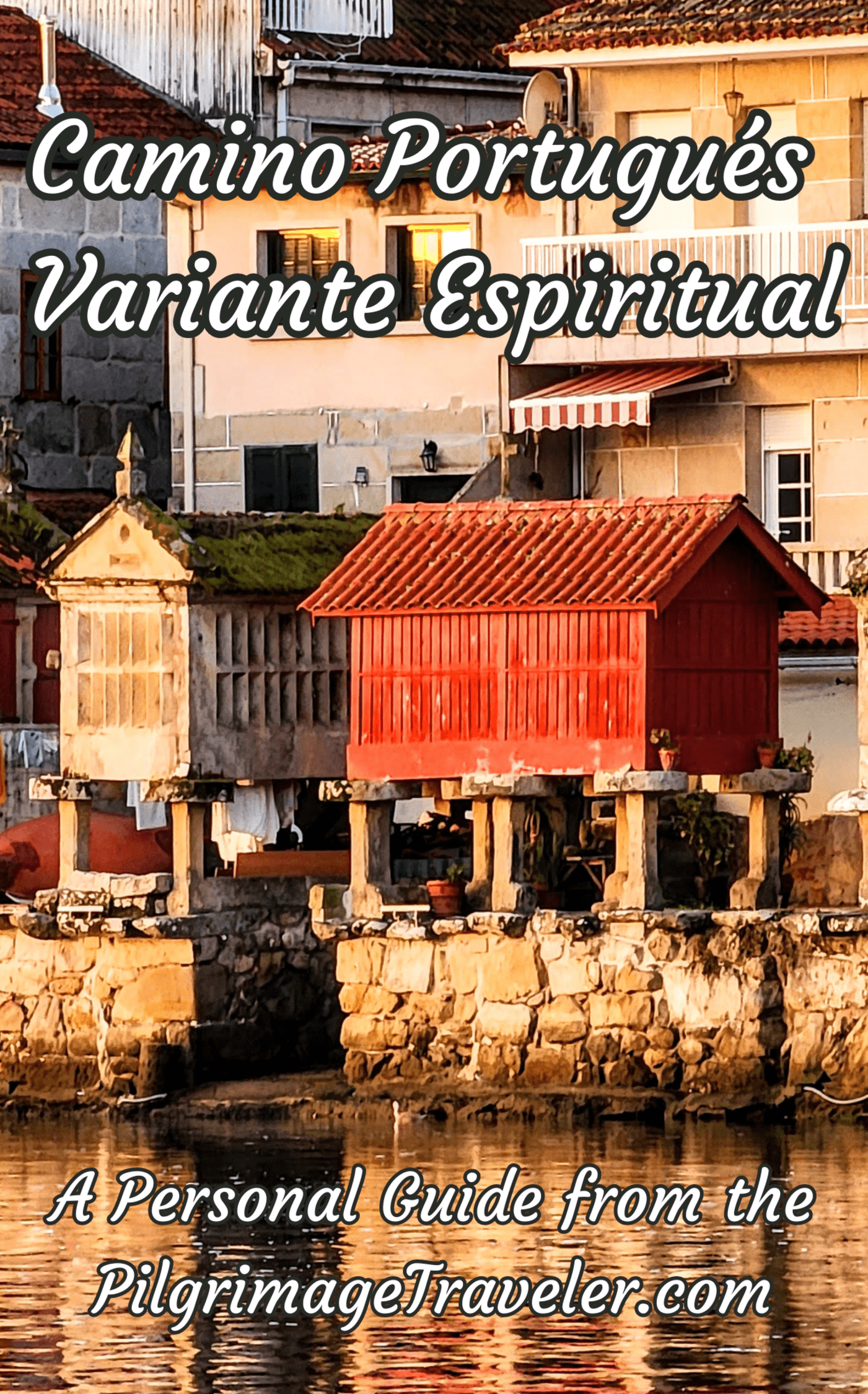
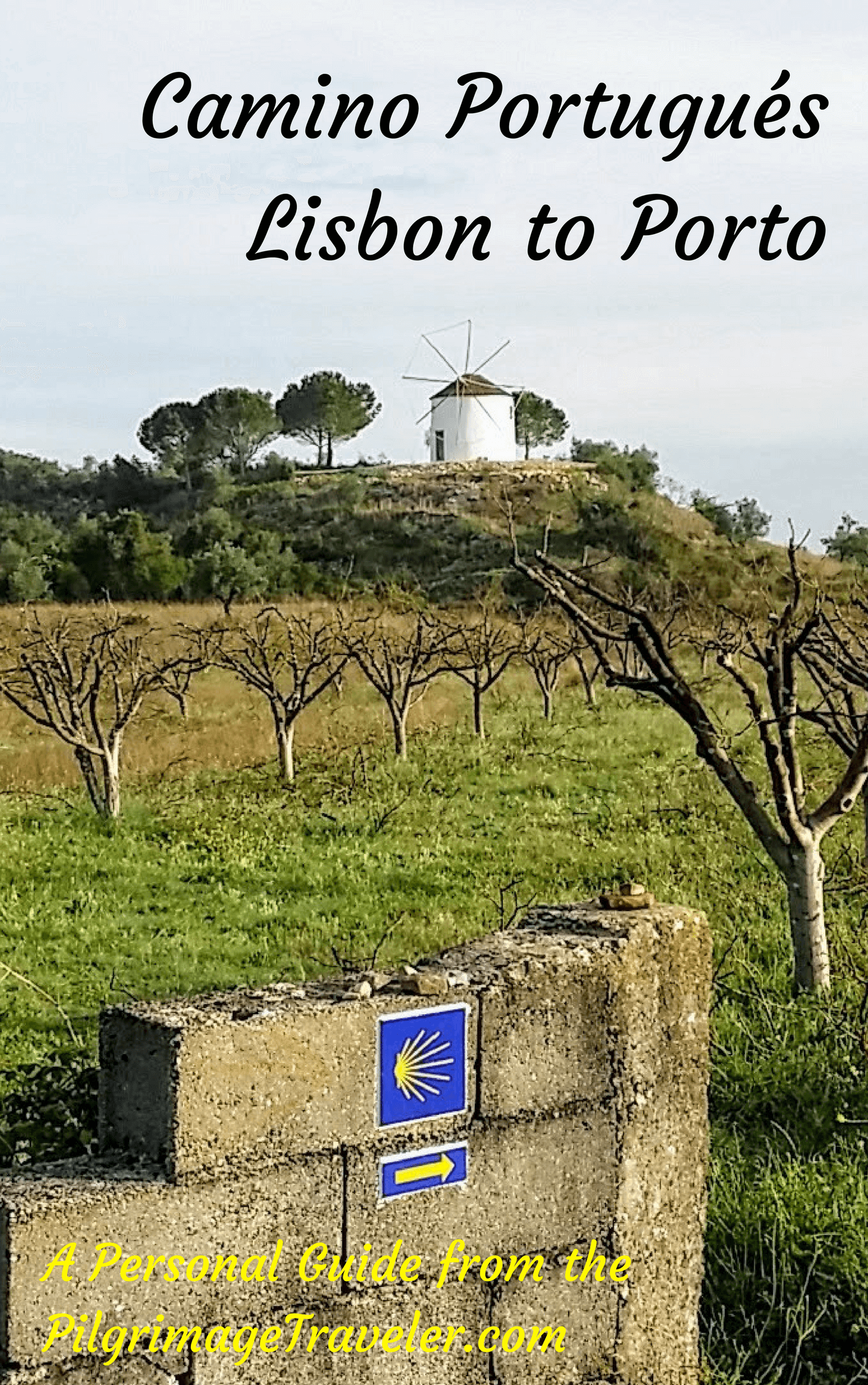
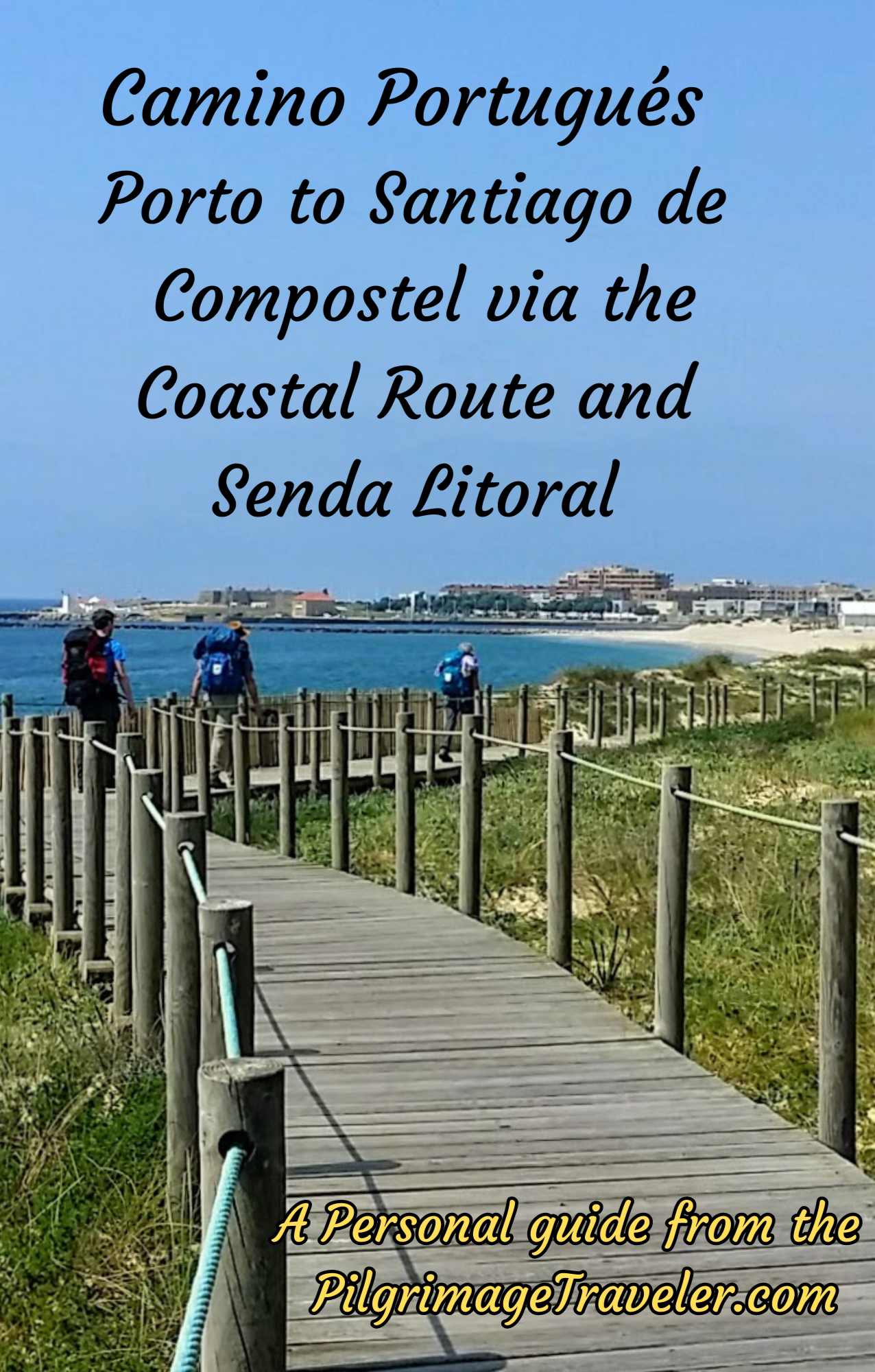
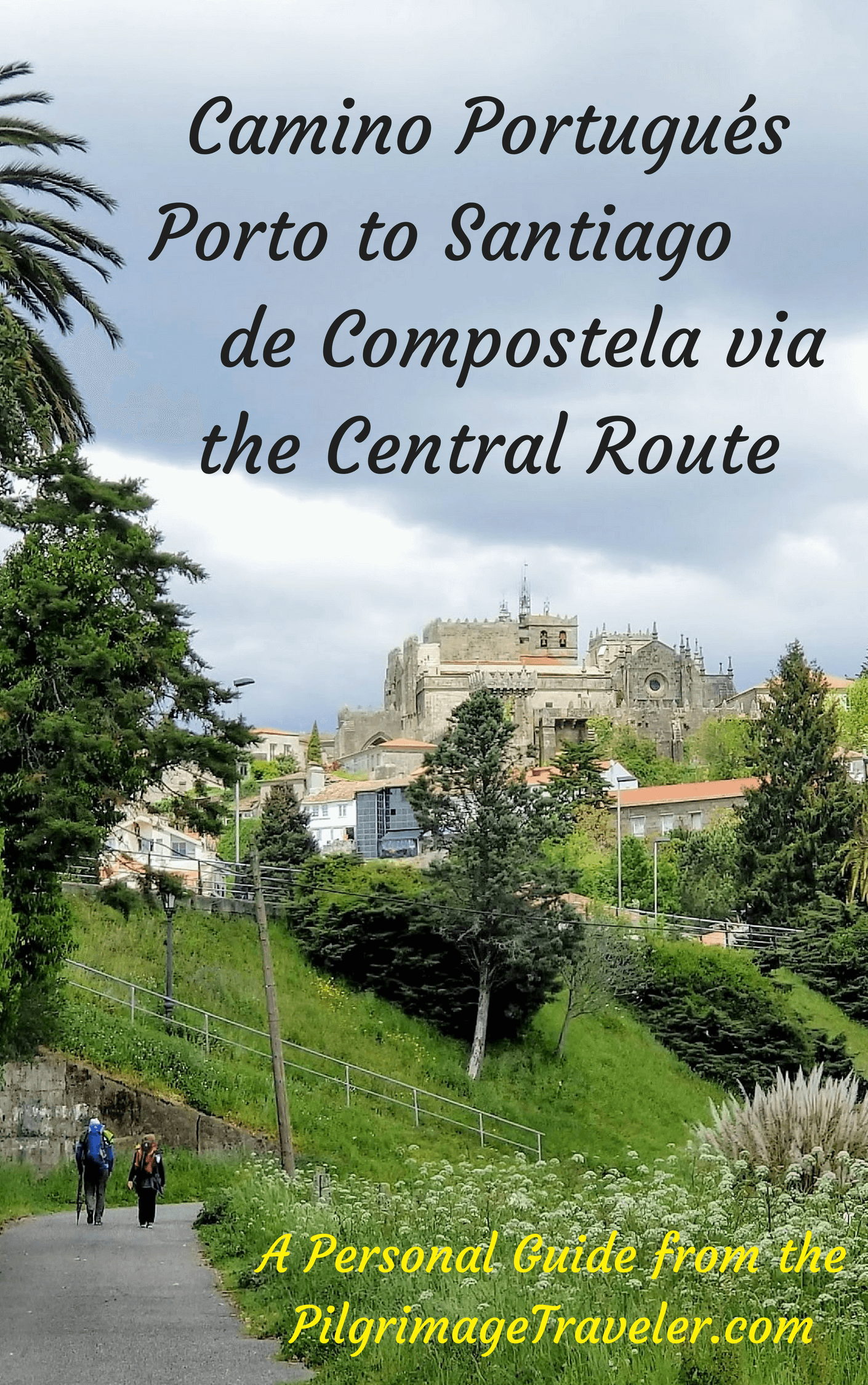
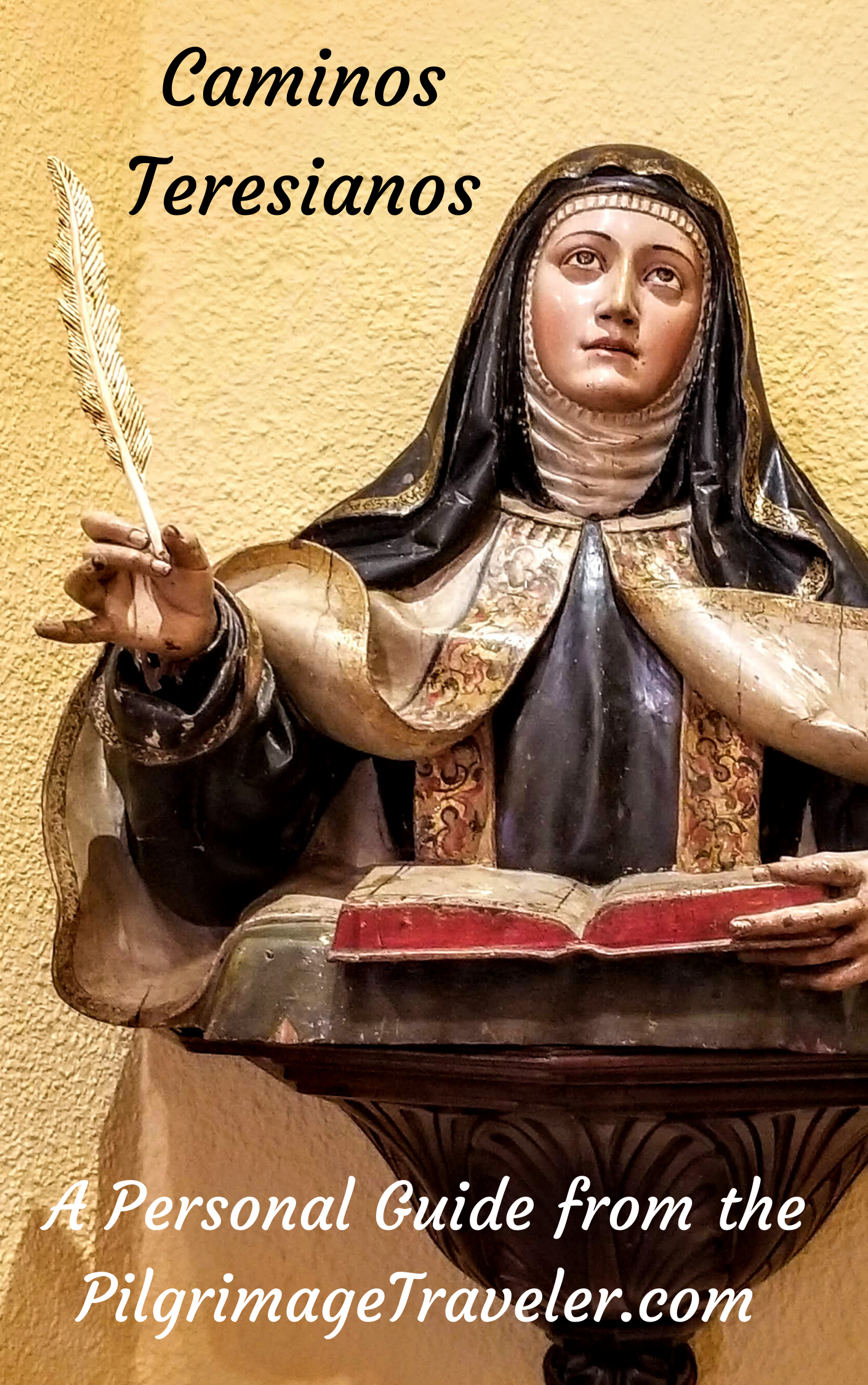
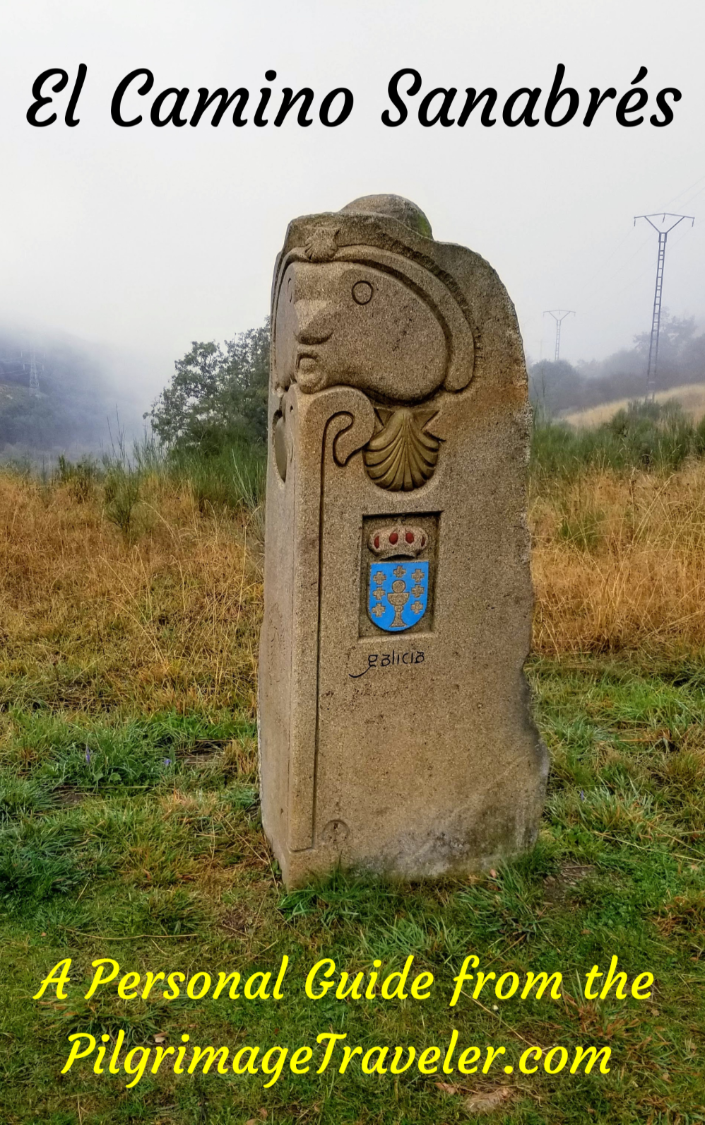
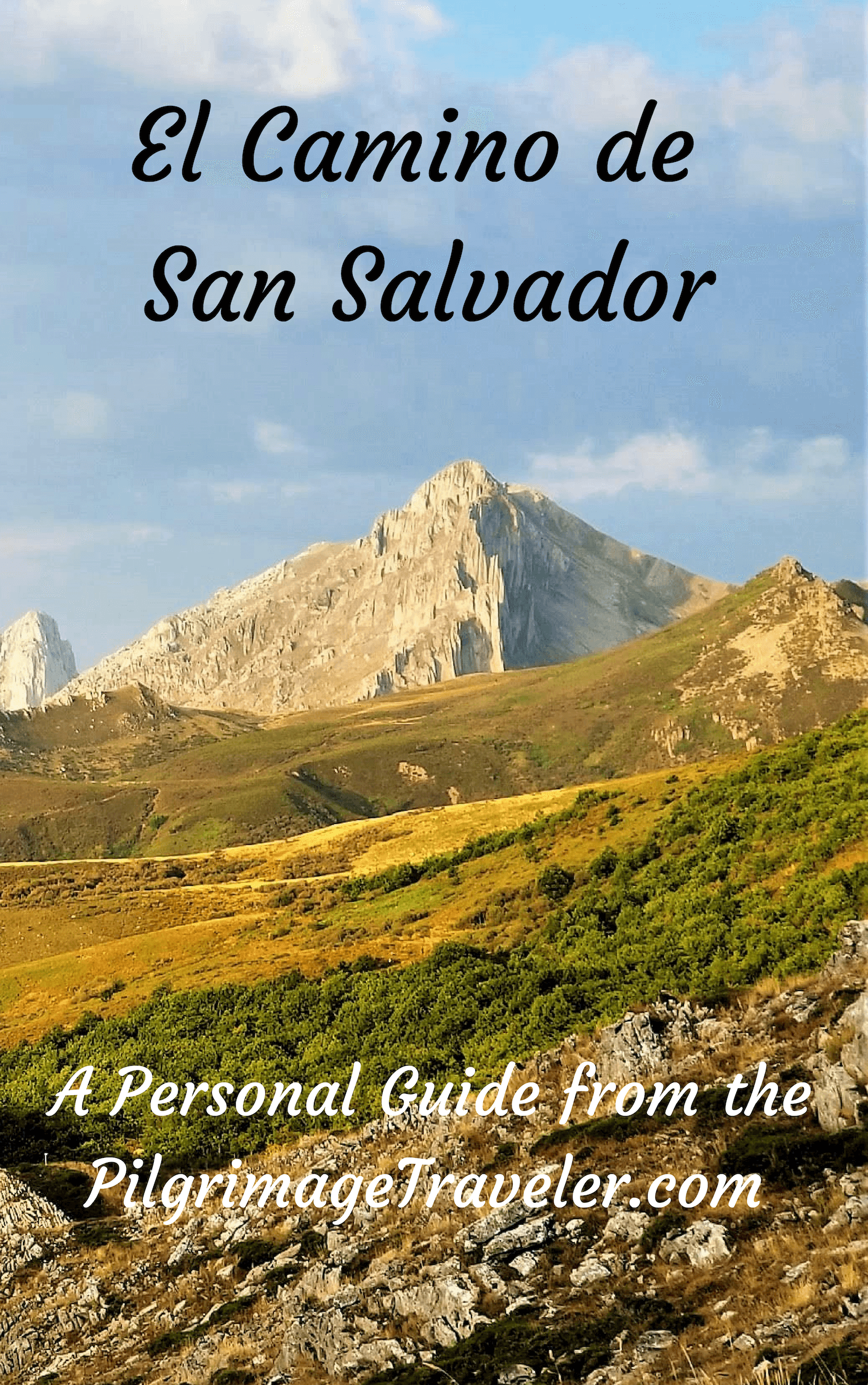
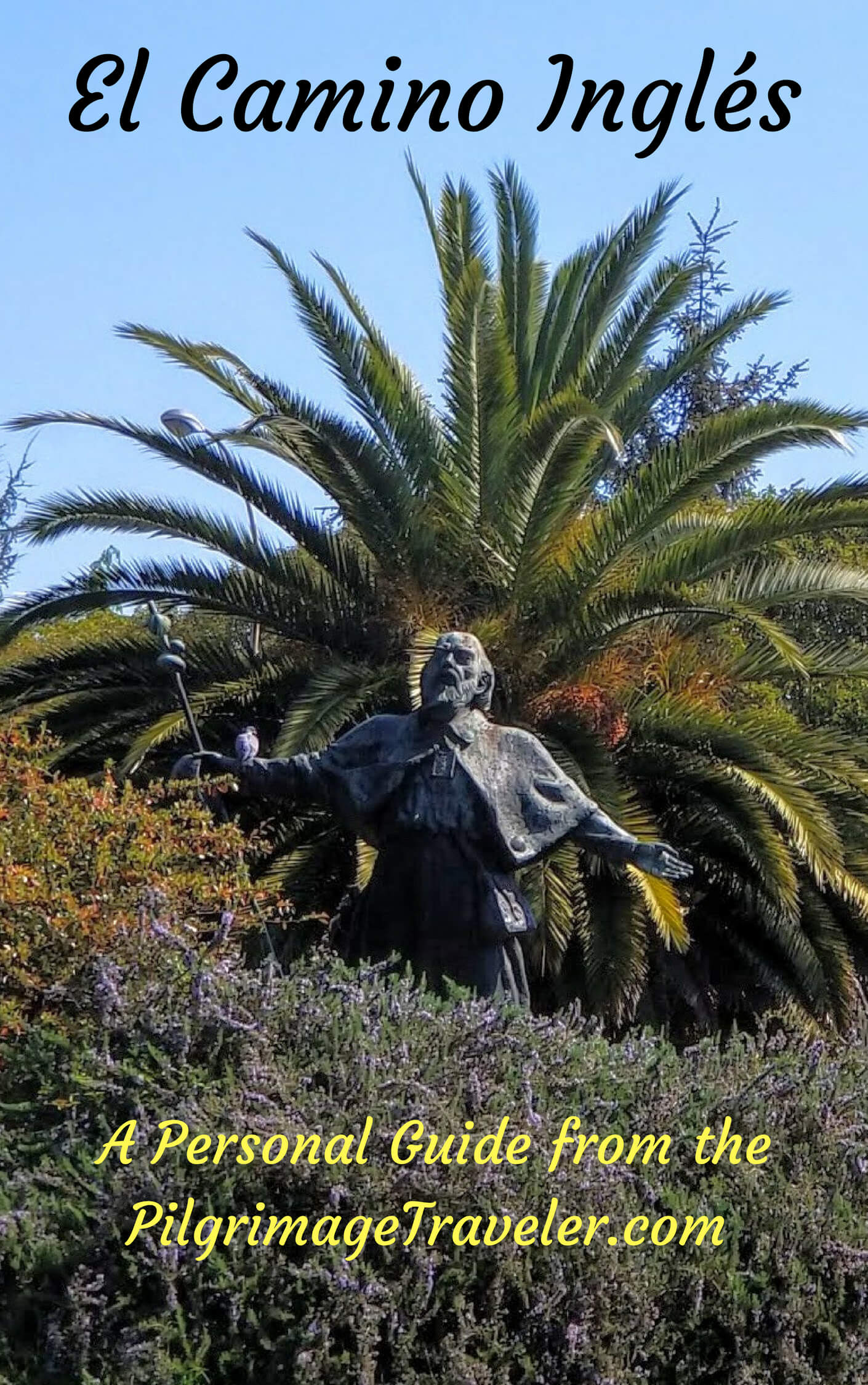
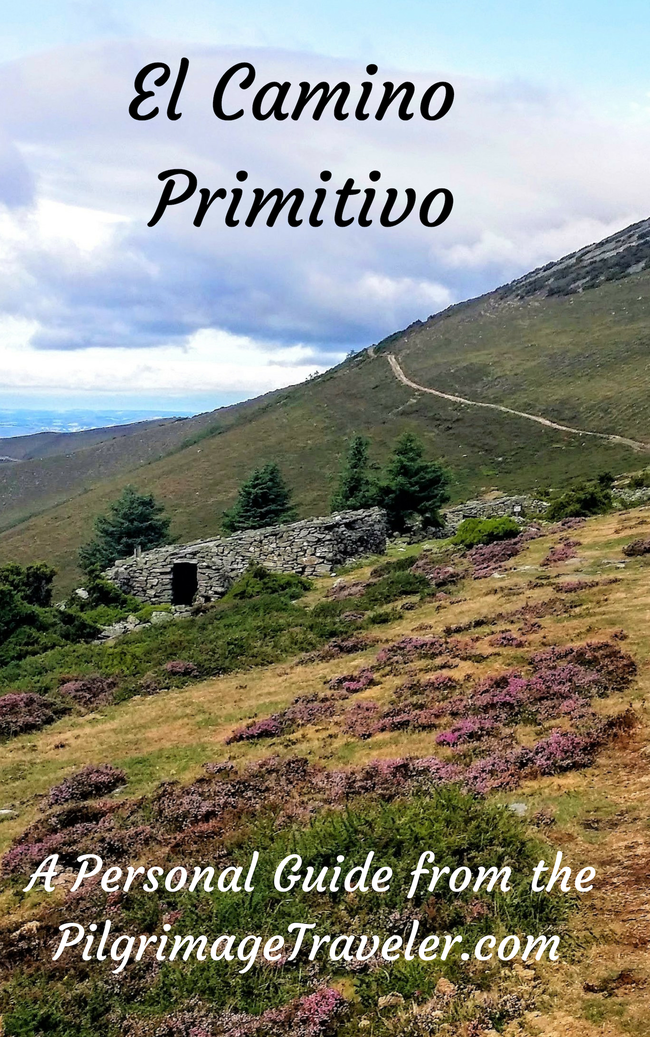
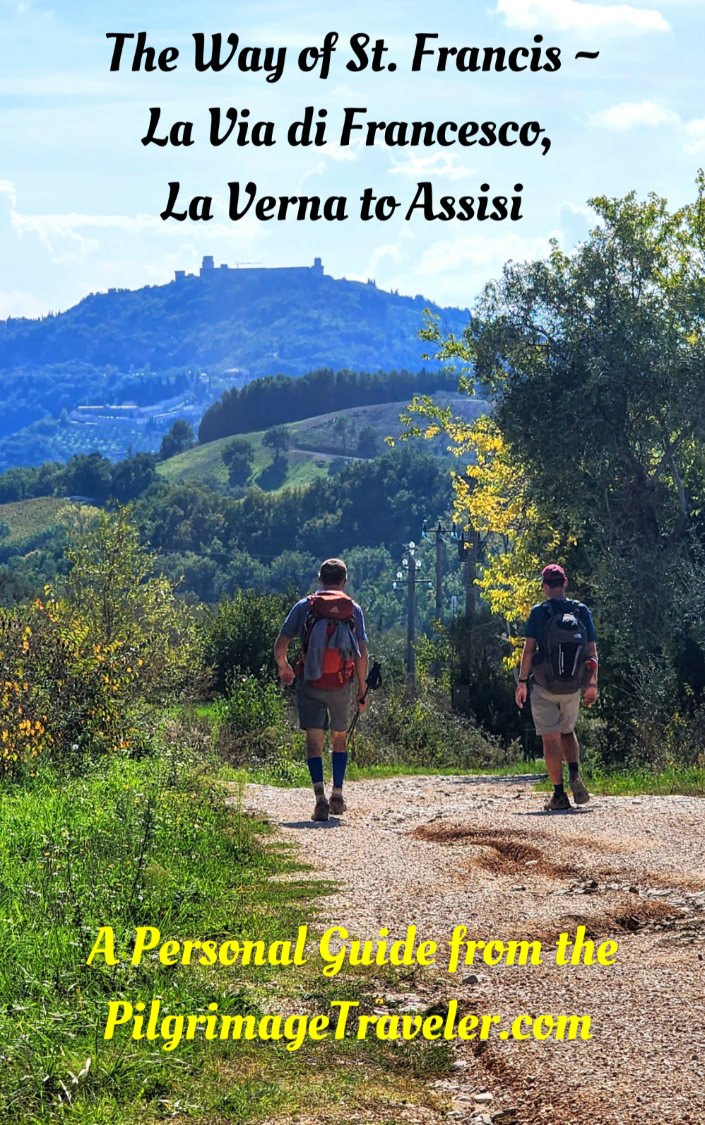

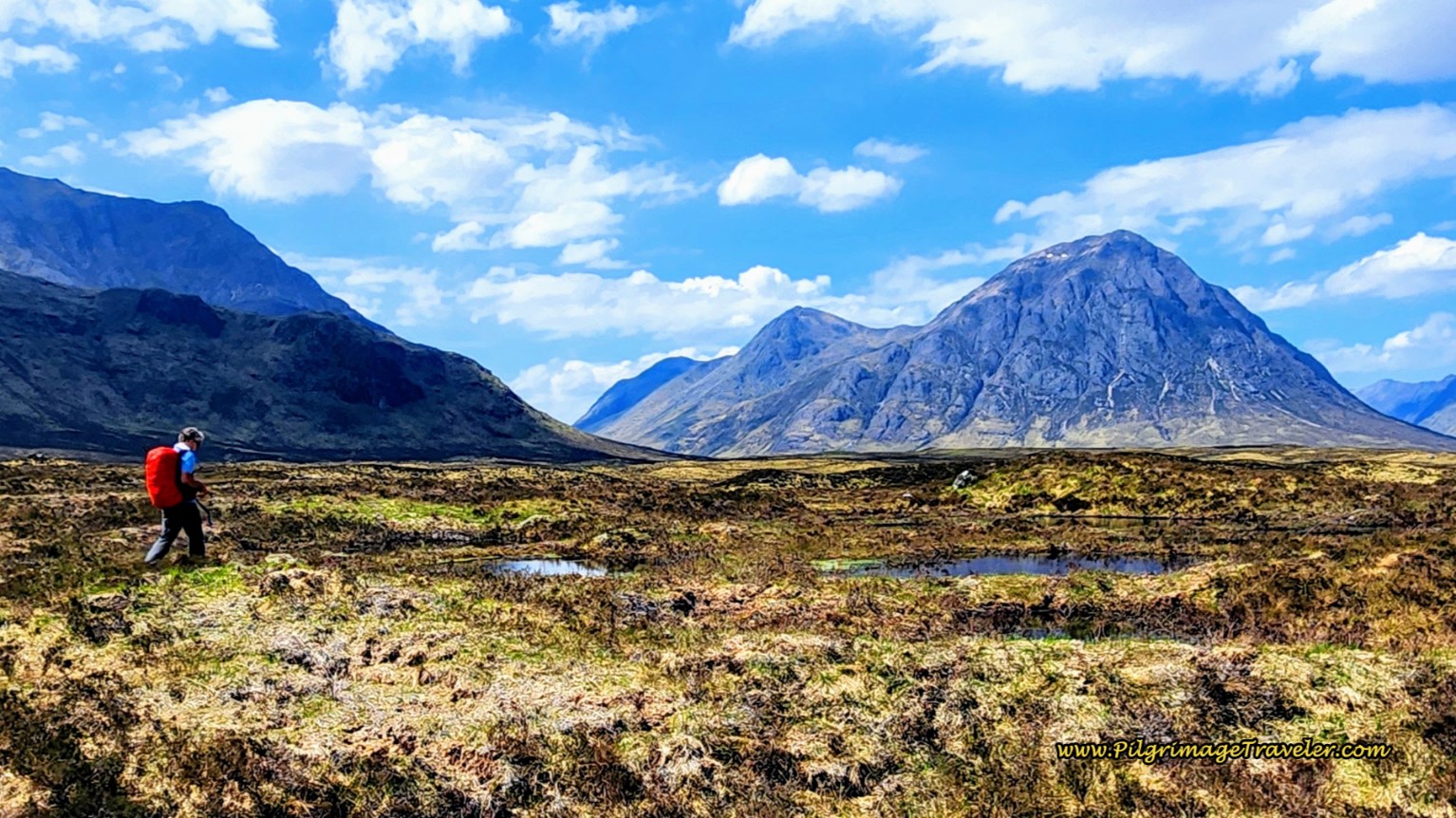
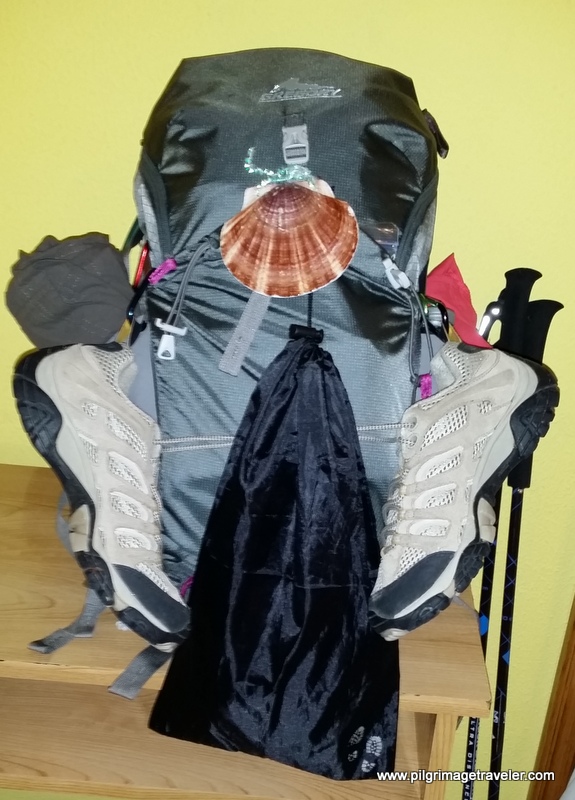
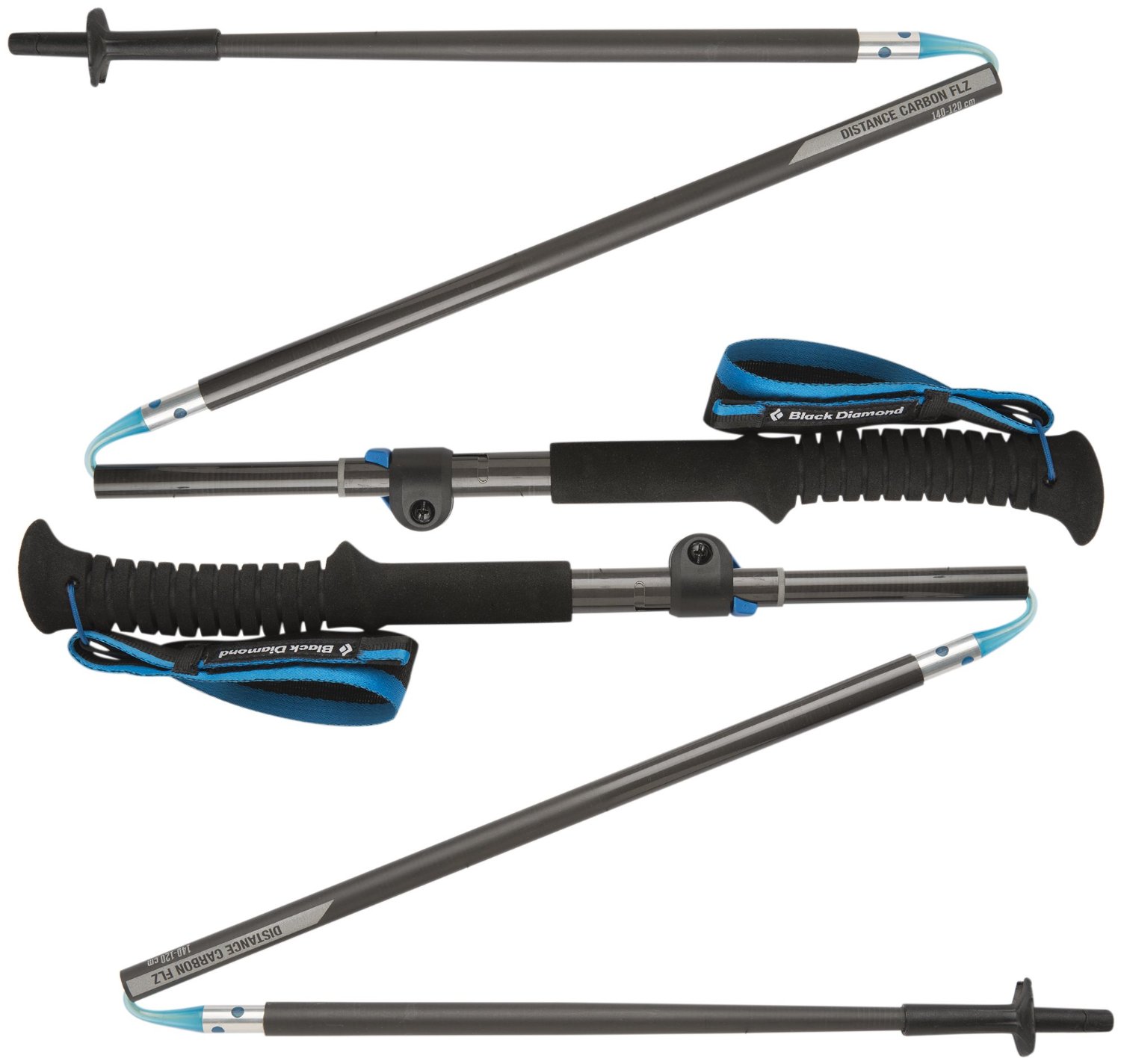
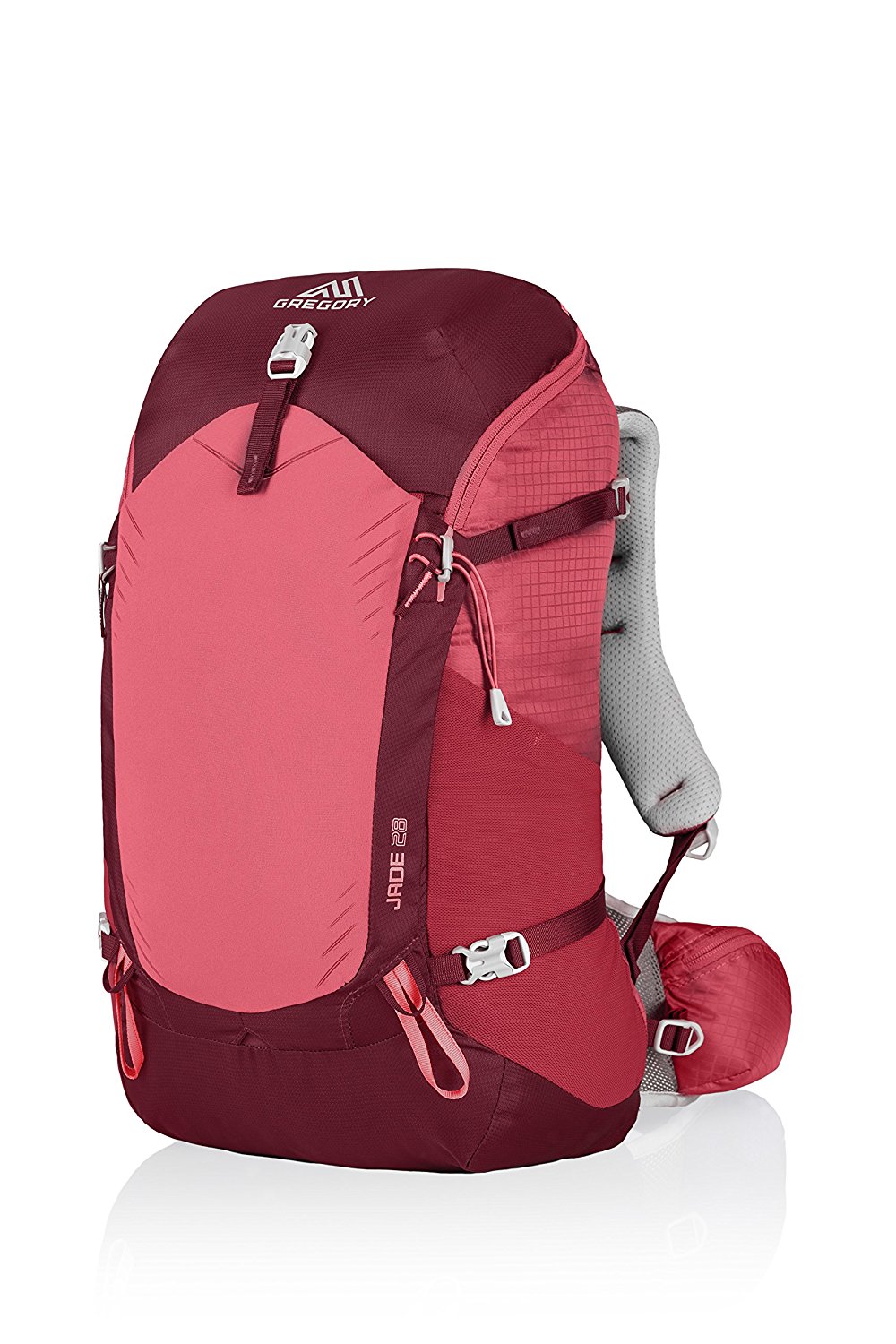
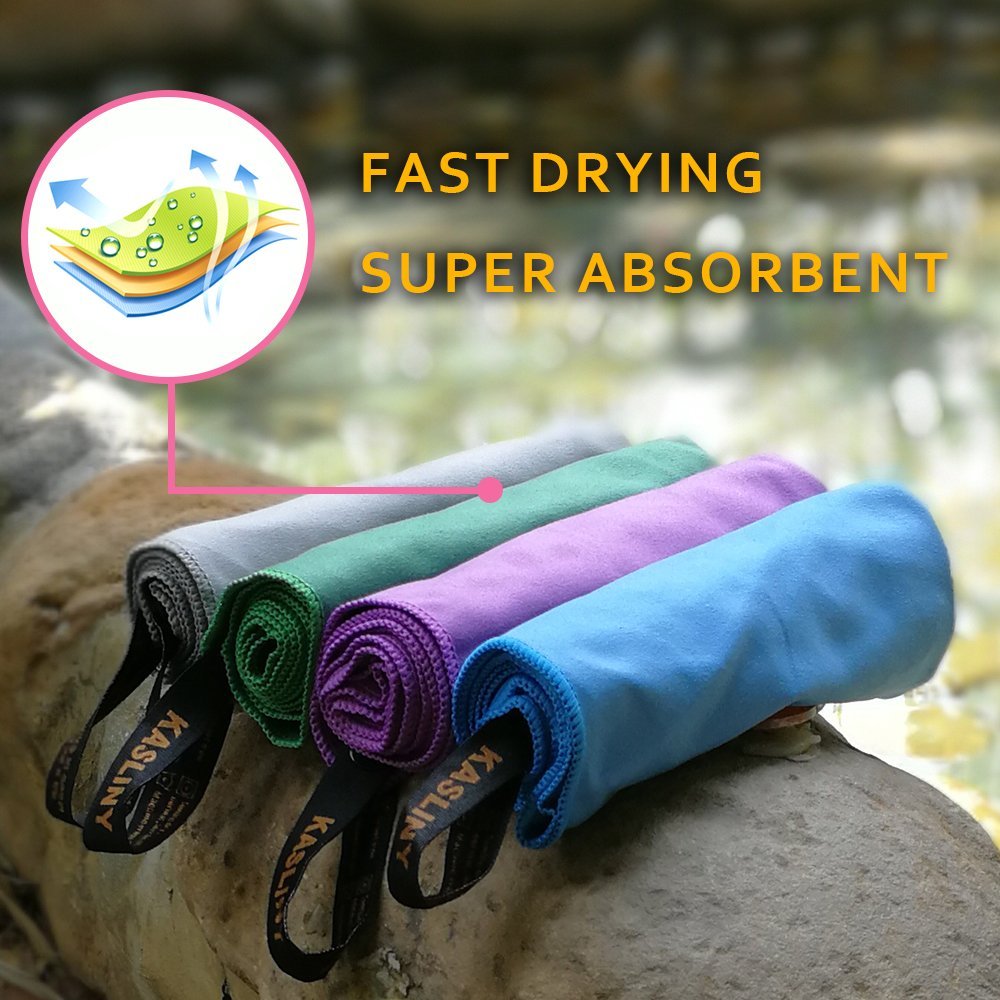
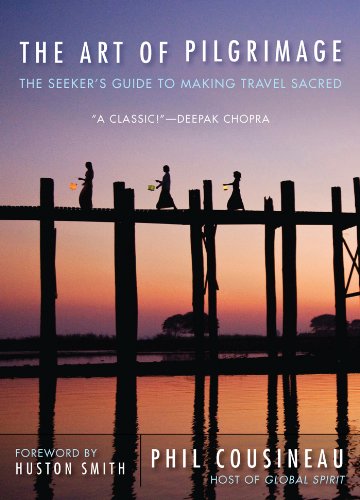


Your Opinion Matters! Comments
Have you had a similar experience, have some advice to give, or have something else you'd like to share? We would love to hear from you! Please leave us a comment in the box below.